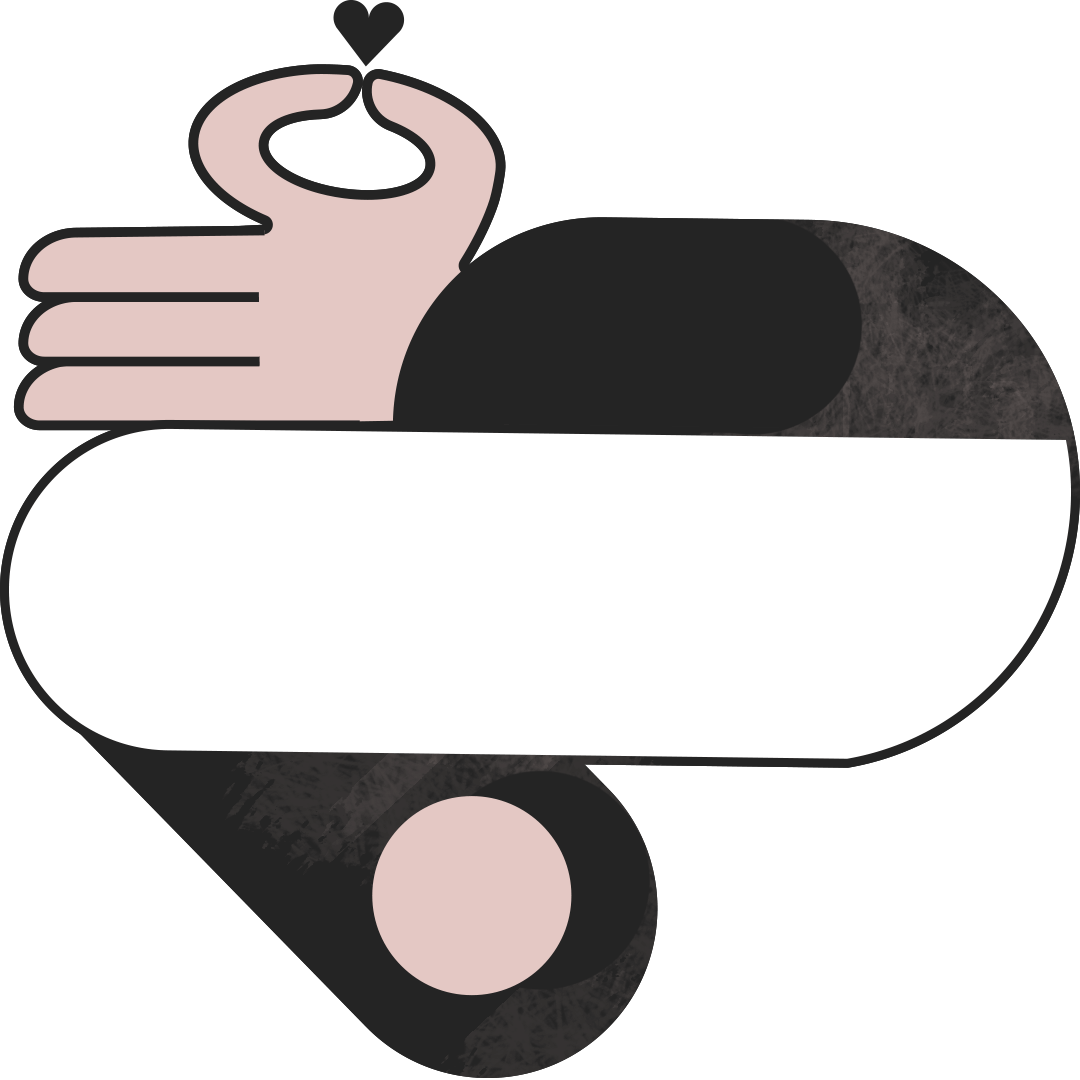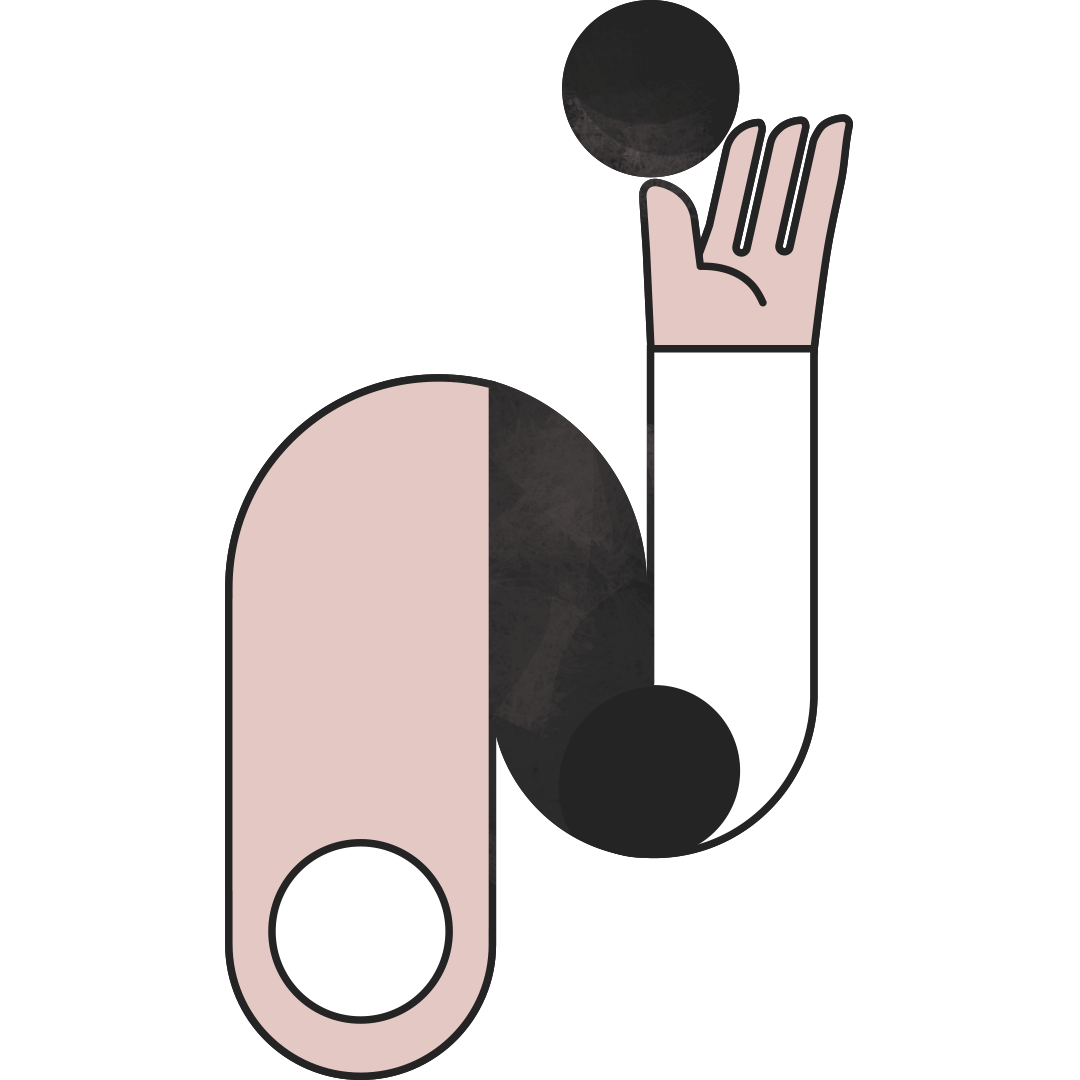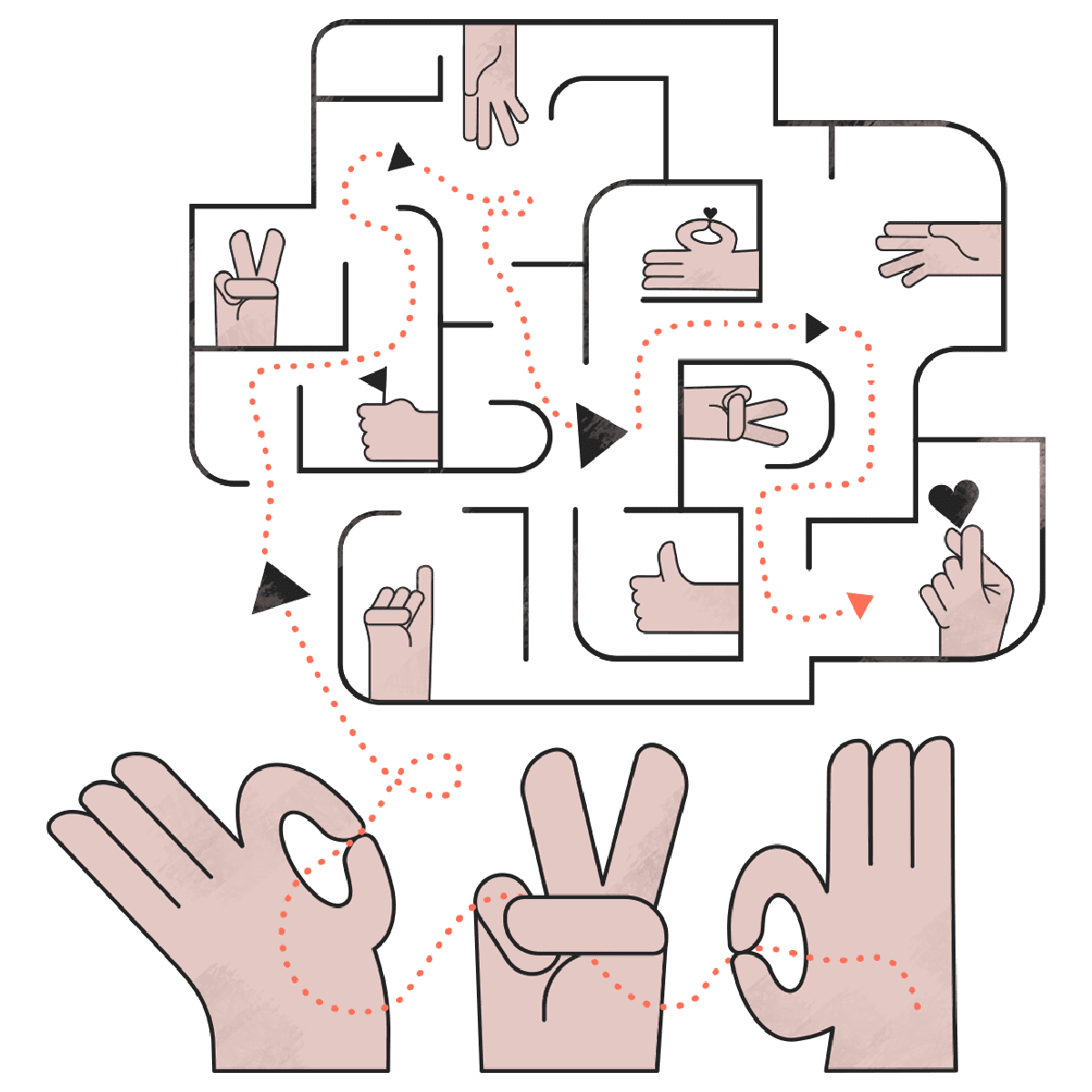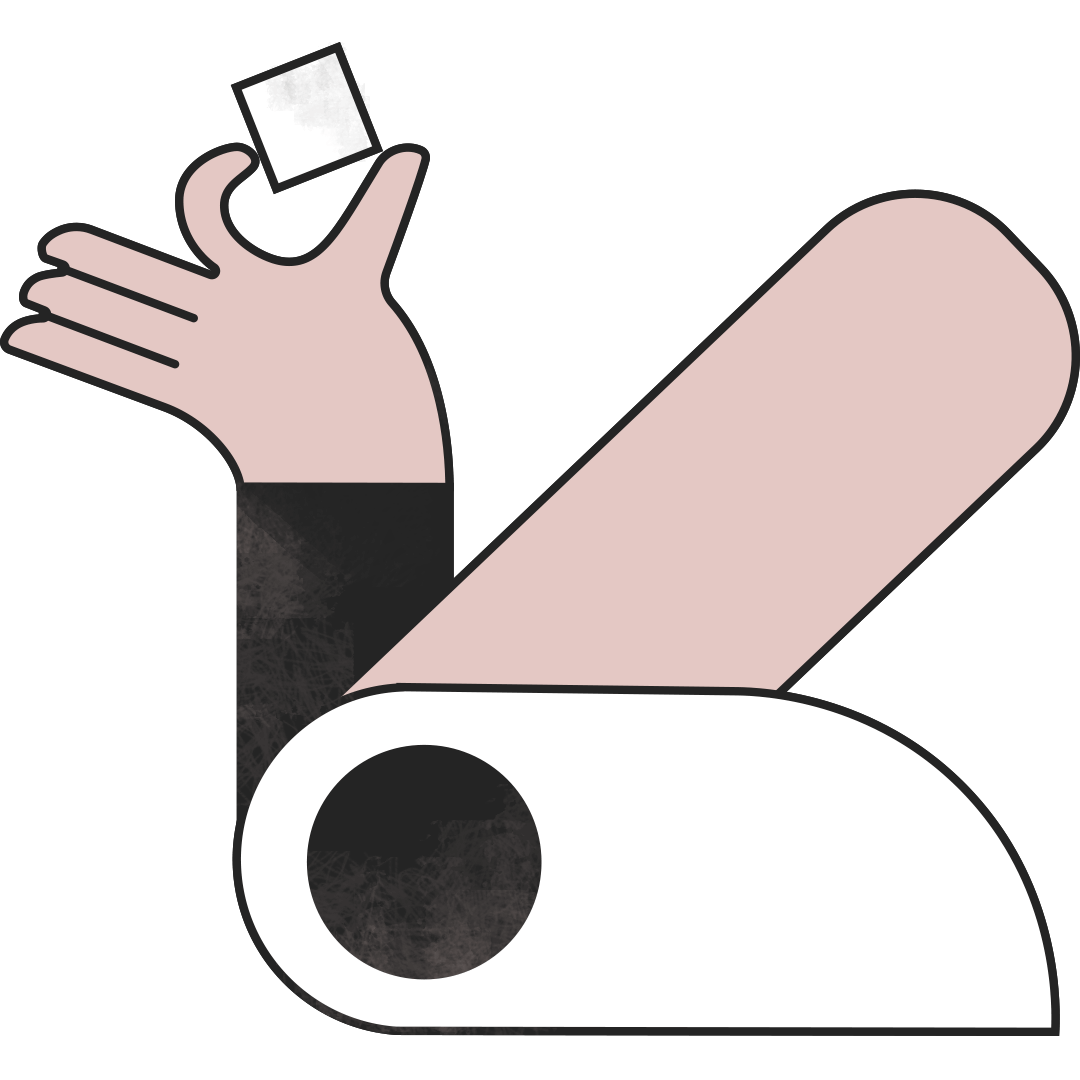
The Evolution of Onboarding at PandaDoc
When you join a new company it is like entering into a huge building you’ve never been to before. All you know is the building address and a couple of people that walked you in through a labyrinth of corridors to your desk. And there are doors everywhere with no names on them...of course, you will feel lost.
In good cases, you will have a buddy and some documentation to read. Eventually, you will get through, and learn what/who is behind those doors…but it takes a lot of time and energy, both for the new hire and the team they’ve joined.
Furthermore, add hyper-growth to this, as a bunch of new hires join each week. They wander the corridors and knock on doors, looking for information. And we don’t always know if we onboard everyone the same way. It can be easy for a company to lose its essential principles and see its culture become diluted. And this is where PandaDoc was over a year ago



Stage 1:
We started our journey of onboarding evolution with our basic onboarding program. It was a simple PandaDoc document with a list of tasks to do. This program included the whole onboarding flow, from signing paperwork and laptop set-up to getting the first task. The program was split by days and weeks with step-by-step instructions for the new hire, buddy, and hiring manager to complete. Complete a task, tick a checkbox. Complete a task, sign a document. Easy!
This was a huge step up for us. Did the new hire walk into a new building through corridors to their desk? Yes. But at least now they had a building plan in their hands. Moreover, people responsible for onboarding of the new hire had this plan as well. So everyone is on the same page.
Creating this program helped us structure our onboarding process. Finally, we could see the whole picture, all the gaps in our inner process, outdated documentation, or simply the absence of these things.
This document was generated for each new hire, so it gave the new hire a personal touch.
One document for the whole onboarding flow is very convenient and easy to use.
What is important is that we use our own product for onboarding.

Well this could be a good ending of a story…but life is not this simple. At one point, we realized this process is not scalable. Once we stepped into a hyper-growth stage, our process stopped being efficient. So we started analyzing what needs to be addressed.
First problem: Once you’ve sent the document and conducted the important tasks, most of the time you forget about this document in a week or two. We didn’t have a reminder mechanism or due dates. This document was sort of a map for further navigation. But new hires should have to go through this journey by themselves.
What we’ve learned is that to keep new hires engaged in the onboarding process, you need to interact with them more, ideally on a daily basis for a couple of weeks. And while checking boxes is easy, you cannot be sure a task was done and the new hire got the necessary information based on a checked box. We needed to find a way to make sure that new hires actually read the document / did a task. So that was useful for them.
And finally, when your company grows quickly and you add more and more people, a huge load of work falls on your existing teams and hiring managers. At some point, hiring managers become a bottleneck. So what do you do to fix it? Add more new managers. And what happens if you don’t onboard them well? You start losing the important details about culture, processes, technology, and people. Everything gets out of hand very quickly.
So, if this sounds anything like your organization, you might consider better tools for onboarding, and ideally a dedicated person to run the onboarding process.
Stage 2:
We’ve started thinking about how we can make our onboarding process even faster and keep it efficient. And we wanted to stay consistent in our way of doing things and preserve the core values of PandaDoc. During a new hire’s first week, we welcome new Pandas to our Embarrassment training.

[HR Onboarding Team Lead]
“Toward the end of 2019, our U.S. human resources team began to develop a new onboarding program, Embarrassment Training, to help new hires on our customer-facing teams quickly ramp up for their roles, as well as to better understand our customers and products. Why “embarrassment?” Well, a group of pandas is called an embarrassment.
We recently expanded this program globally to include our product and engineering teams Since the beginning, one of the core components of our culture code has been to develop a well-rounded perspective. The more we understand the other side of the business, the more impact we can make. Our motto for engineers and non-engineers is simple:
We are a Software as a Service.
One of our main challenges was transforming the sales-heavy material into sessions fit for everyone in the organization. We had to ask ourselves a few questions. What’s the learning objective? Was this necessary for the first week? And finally, how do we make this relevant to someone with little to no interaction with customers? We determined that understanding who gets the most value out of PandaDoc and how we interact with them was essential for every Panda to know. Customer success is our mission. We have to know who we are building for and what they need from us.
With customer success in mind, we set out to revamp our onboarding program into a fully immersive, customer-centric training experience for all pandas. Our goal is to build a global community of pandas with a shared experience and foundation. We set aside time to help our new pandas learn about our company culture, what we do, and how we do it. We put extra focus and attention into how our product works and the different use cases.
In addition, we encouraged our new hires to take the first step towards building new relationships across the organization by getting to know new pandas. Our “get to know new pandas'' challenge fosters collaboration and communication across different departments and helps us fight silos as we grow globally. Speaking of growth, in under three years, PandaDoc has more than doubled in size, with pandas spread out across dozens of countries.
Our new hire program has grown from a few days for three departments to a week-long program with two trainers. Even our founders get involved by holding Q&A sessions to meet new pandas twice a month.
As we look to the future, we’re building more language courses and cross-cultural communication training offerings. Recent history has shown us that the more we understand each other, where we come from, and the work we do, the happier and more effective we are at work and the better we can live up to our core values”.


Engineering bootcamp
After the embarrassment training is completed, new Pandas know what they are supposed to build and for whom. At this point, we are on a mission to help new hires catch up faster. This is where Engineering bootcamp comes in.
Engineering bootcamp is a one-sprint / two-week learning program. During each sprint, Bootcamp coordinators walk the team of new hires through the entire development life cycle, starting from initial PBR through sprint review. We support this process with live lectures and workshops.
During lectures, we cover important subjects that any engineer will need to be familiar with in their day-to-day tasks: An overview of the architecture, infrastructure, deployment, and release process; the way we support the quality of our product; a LeSS workshop to show how and why we work in a certain way within a sprint; and much more. Overall we cover as many as 14 topics within the two-week period, and if we add the embarrassment training week, the number of topics increases to 20. By the end of it, the team delivers real value to production!
This approach is very intense, but in terms of hyper-growth, it is very efficient and fun! Within just two weeks, new Pandas get the chance to touch the end-to-end development lifecycle and present the results of their work to the company. This method of onboarding not only gives new hires a lot more than knowledge and experience, but it also allows them to get to know each other.
In addition, each group of new hires are in the same position of not knowing much at first about the company and development process. Our onboarding approach gives them a secure environment where they can ask any question they wish.

How we got here
We’ve reduced the time a new hire needs to start contributing from eight weeks to only three. The process of building the bootcamp, however, was not smooth. It took us a few iterations to polish the process by finding things we could automate and creating a lecture schedule. We’ve created the learning materials and knowledge base, and we’ve also added additional documentation and playbooks for those who want to dive deeper into a certain topic. As it is a living process, we constantly update our materials.
Is a live bootcamp like ours the best way to onboard new hires? Our experience shows us that different stages of company growth require different approaches for onboarding. Not only is the size of a company important, but also the speed of its growth. It is obvious that if you are a small (5-10 people) startup, you can easily onboard a new person over a few morning coffees. As your company grows to 50 people, you might consider assigning a dedicated mentor to each new hire. If your growth is 30-50 percent each year, you’ll want to establish a process and adopt tools that work best for you.
Where to begin? Start small by measuring your baseline. Ask people who have recently joined your company when they started feeling comfortable and confident. What were they missing during onboarding? Analyze the actual data — how much time did it take a new hire to start completing tasks? Talk to the team this new hire joined — what are the most frequently asked questions? When did you feel that a new hire truly became part of the team and their performance became steady?
When you start to get data, create an onboarding journey for the new hire starting from the date they accept the offer until their probation period ends. When this is done, define who takes part in onboarding, then map who needs to do what, including the new hire. Run a few iterations, get feedback, iterate further, and when it starts going smoothly, automate things. This process is very similar to building a product. The main difference is that the customers are your own employees.
Where is PandaDoc at this point in terms of onboarding evolution? Our program consists of two parts: Embarrassment training and engineering bootcamp. We haven’t stopped improving our process, and now we are on our way to transforming our bootcamp into a learning course with lectures, tasks, and quizzes. This course is supported by our learning and development manager and onboarding specialists. We are doing this because hiring plans are slowing down and the live version of our bootcamp for only three or four hires a month is inefficient. Plus, now that we have this toolset and knowledge, we know we can adapt to any situation and return to the live version of our bootcamp easily.
We believe that our onboarding process represents our culture code. We constantly experiment and make mistakes, and this is how we learn to make an impact. Plus, we surely have fun, and all the time and effort we invest into our new hires’ experience certainly shows empathy!


PandaDoc Culture: Stronger Than Ever
Since we’ve already published articles on how PandaDoc's culture code has emerged, we’re changing our focus to how it’s evolving. PandaDoc has scaled significantly over the past few years to now include nearly 1,000 Pandas worldwide, so processes are changing. We spoke with PandaDoc Co-founder / CTO Sergey Barysiuk about how to maintain the original culture's spirit as the company continues to grow and thrive.

Cultural fit interviews: how to experiment and measure results
Today’s recruiting processes go far beyond qualifications, skills and experience. And candidates must expect to be assessed based on their cultural fit. Whether their values and visions align with company’s. So, we will explain what a cultural interview is, how it is conducted at PandaDoc and how it helps to run the business.

Celebrating Women in Tech: Beating the Odds and Building Self-Confidence Along the Way
At PandaDoc, we value our culture and people. Today, we want to share more about the people behind our product by spotlighting two fabulous women leaders at PandaDoc: Tatsiana Sialitskaya, Engineering Manager, and Kira Glushko, Director of Product Analytics.

